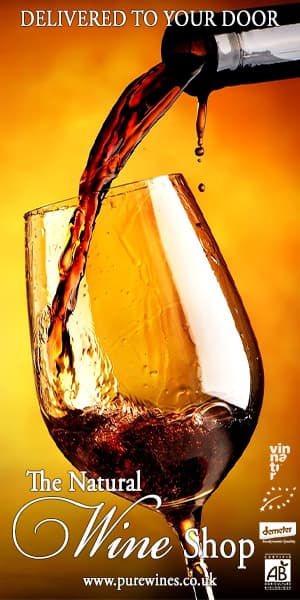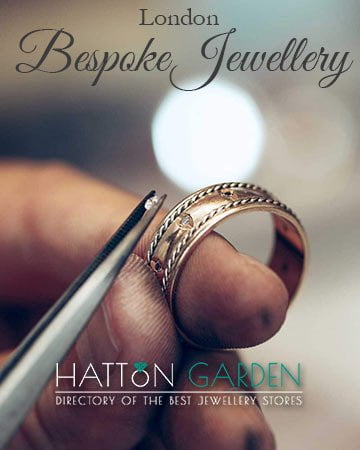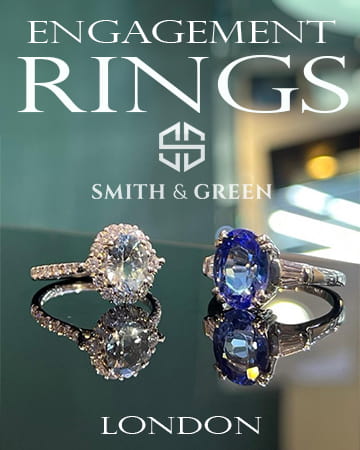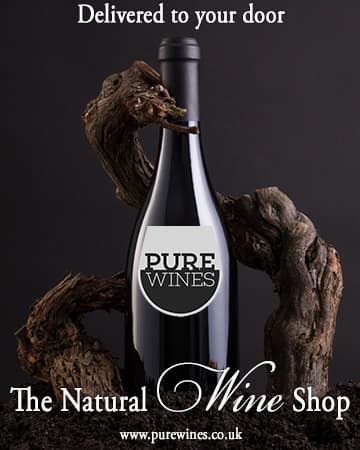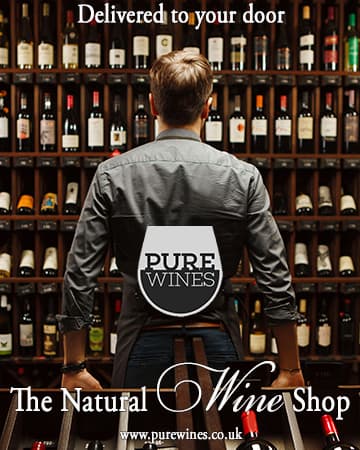You could occasionally receive a bad bottle of wine. There are a number of possible causes for this, but most of the time it is not anyone’s fault in particular. There are certain methods, nonetheless, to unintentionally taint your wine:
Appropriate for serving
Every type of wine has a perfect temperature at which to be consumed. Red wine should be somewhat “cold” so it is not served excessively warm, whereas white wine should be given time to “warm up” when eaten straight from the refrigerator, despite the fact that few consumers are aware of this and few restaurants really follow it. White wine is really much better served slightly chilled as opposed to very cold, while red wine might lose its flavour if it is served too warm.
Storage
When keeping wine in your house, there are a few key guidelines to follow. Locate a location with the ideal humidity level. Too much might result in mouldy corks that will contaminate the wine. Insufficient lubrication will cause the corks to dry up and shatter, allowing air into the bottle to oxidise it before you ever open it. It is preferable if the bottles stay stationary, so try not to move them about too much. And finally, cork bottles should never be upright but rather lay down. Of course, you may stand the bottles up and there’s no need to worry about humidity levels if the wine is sealed with a screw top, which most current wines are. All wine should be stored in a dimly lit place away from the sun. Even powerful overhead lights that shine directly on the bottles while being on all the time might harm the bottles. If there will be illumination near the bottles, be careful to use UV-protective-coated bulbs.
Scalding wine
Wine will start “cooking” once it reaches a specific temperature, and the harm is permanent. Examine the cork’s placement if you have a bottle of wine with a cork and suspect it may have been exposed to high temps. If it is just barely pushed out, the wine has been cooked and will likely be spoiled. Never store wine next to an oven or above a refrigerator where it could be exposed to high temperatures. Avoid selecting bottles that are close to windows in the store since they may have been exposed to direct sunlight.
Too long with the door open
When a wine bottle is opened, oxygen enters and the oxidation process starts. The greatest thing you can do is make sure you consume the wine inside the appropriate window of time. You may slow this process down by properly re-sealing the wine, but you cannot stop it. Whites with a lot of body and red wines need to be consumed within three to five days. White wines that are lighter in the body can last up to five days.
You kept it too long
To find out how long you should cellar a fresh bottle of wine, always read the label. Each type of wine is unique, and although some may be ready to drink right away, others may benefit from ageing in the cellar for a time. However, no wine is delicious if you wait too long to drink it and miss the ideal season. So that you can quickly identify which bottles are ready for consumption, carefully read the labels and consider placing wine tags on your bottles. The customer cannot prevent the following ways that a wine might be destroyed. However, understanding these things can help you determine whether the wine you purchased is defective and whether to return it:


Taint of cork
TCA is produced when airborne fungus comes into touch with cork. A good bottle of wine will sadly be ruined by this chemical molecule. This fungus affects at least 3% of wines with natural corks, but if your bottle has a screw top, you don’t need to be concerned.
Vaporised acidity
All wines naturally contain a modest amount of volatile acidity. However, if there are bacteria present in the winery, the combination of the bacteria, alcohol, and air can produce amounts of volatile acidity that will cause the wine to be destroyed and leave it tasting strongly of vinegar and sour.
After being bottled, fermentation
If a wine is not filtered before bottling, yeast and sugar residues may remain, causing the wine to begin fermenting again during storage. When you open a bottle that has been accidentally fermenting, you may notice small bubbles as well as a foul flavour.
A lot of sulphur
Sulphur has a crucial role in the wine-making process, especially when it comes to preventing the growth of germs. However, an excellent bottle of wine can be ruined by too much sulphur. A wine that contains an excessive amount of sulphur may taste or smell like burnt rubber, burnt matches, or in certain circumstances, rotten eggs.
A brett-named yeast
The term “Brett” refers to a kind of yeast called brettanomyces that frequently develops in winery barrels. Since brett is difficult to completely eradicate once it has infected a winery, certain vineyards are actually well-known for their ability to produce wines with the distinctive flavours that brett can offer. It may really be pretty nice in little doses. Large doses, however, will ruin a fine bottle of wine. In order for you to know when your wine is at the ideal serving temperature, Taylors Wines has created a special, touch-activated temperature sensor. Test the difference for yourself by completing Taylor’s Temperature Challenge.


